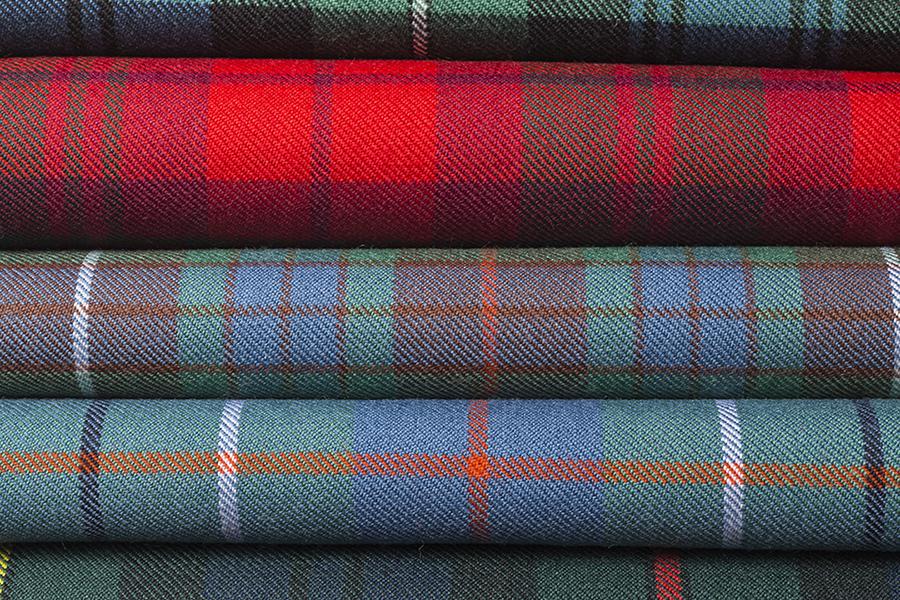The History of Tartan
One of the first things that people tend to associate with Scotland is tartan. Although it’s a national treasure, many of us are unaware of the history behind tartan. With this in mind, we take a closer look into what tartan is, tartan's origins, and its presence in today’s world.
Since 1892, Lochcarron of Scotland has produced over 500 authentic Scottish Tartans. All made in Scotland, woven at our mill in the Scottish Borders. We take pride in our heritage, from designing, dyeing, and warping to weaving, mending, and tailoring, our tartan passes through many hands of our skilled craftspeople.
What is Tartan?
Quite simply, Tartan (plaid) is a type of design on a woven material. The horizontal weft threads cross over the vertical warp threads to create a check. As the check builds, it begins to mirror and repeat, creating a traditional Scottish Tartan.
The official definition of the word ‘tartan’ according to The Scottish Register of Tartans Act 2008) Section 2 is: “A design which is capable of being woven consisting of two or more alternating coloured stripes which combine vertically and horizontally to form a repeated chequered pattern.”
Tartan fabric is considered a symbol of Scottish identity. It is traditionally made of wool, which is woven into a pattern of simple checks, used in clothing and textiles. Initially, it was dyed using natural dyes from native plants and usually found in only two or three colours but today, with the development of chemical dyes, they can be found in a larger variety of colours and patterns. There are so many different combinations of coloured stripes and base colours. So much so that there are roughly 3000 types of tartan on the official register.
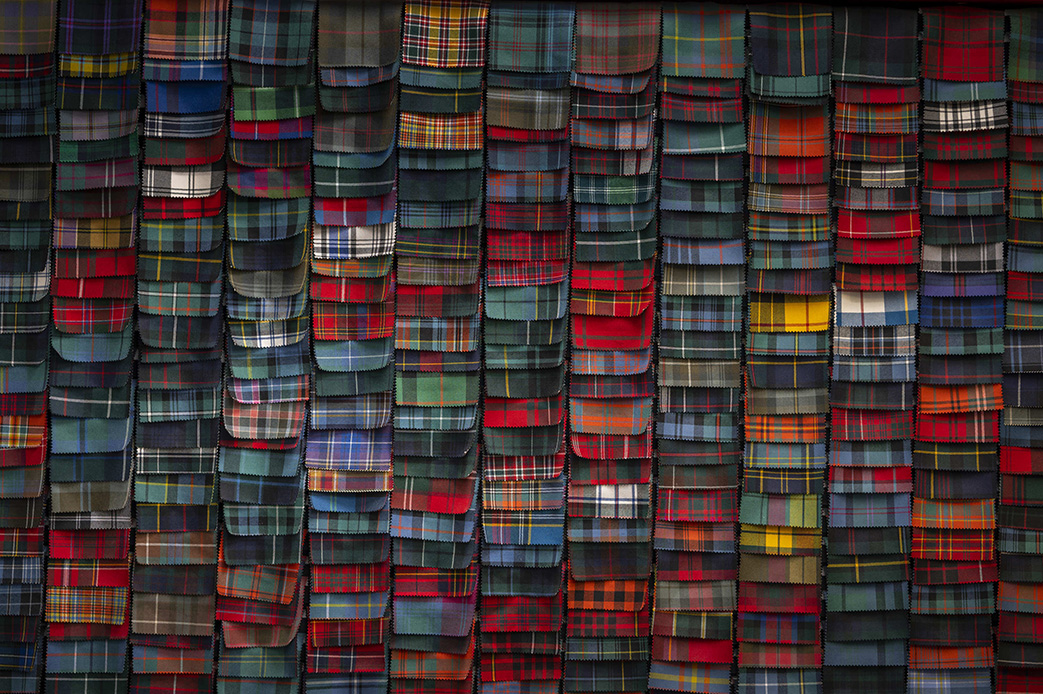
Lochcarron of Scotland Tartan Wall | Picture: Phil Wilkinson
Tartan is used to make a variety of traditional Scottish items including the famous Scottish kilt. If you require a made to measure highland wear outfit for an upcoming event, arrange your private fitting appointment at our Lochcarron Visitor Centre in the Scottish Borders, our team will take your kilt measurements and help you get everything you need to complete your look for the occasion.
The History of Family Clan Tartans
The earliest evidence of tartan in Scotland dates back to 250 AD, found buried in a pottery jar along the Antonine Wall near Falkirk. It is now kept at the National Museum of Scotland in Edinburgh. However it is unclear when tartan originated. It is believed the material was not commonplace until 16th century, when it was worn by highlanders to identify different Scottish clans. As time passed more tartans became recognised as representing a specific clan from each geographic area in Scotland.
Clans are groups of people who are connected from having a shared Scottish ancestry or heritage. The history of the Scottish clans has spanned over centuries and can be traced back to the medieval age. Originally, they were extended families who lived and worked together to support and protect one another, providing a strong sense of identity, belonging and loyalty. Today, many Scottish clans still have their own specific tartan design associated with their family name, which is worn to celebrate heritage and pride towards their ancestry. Explore our tartan finder to discover your clan tartan.
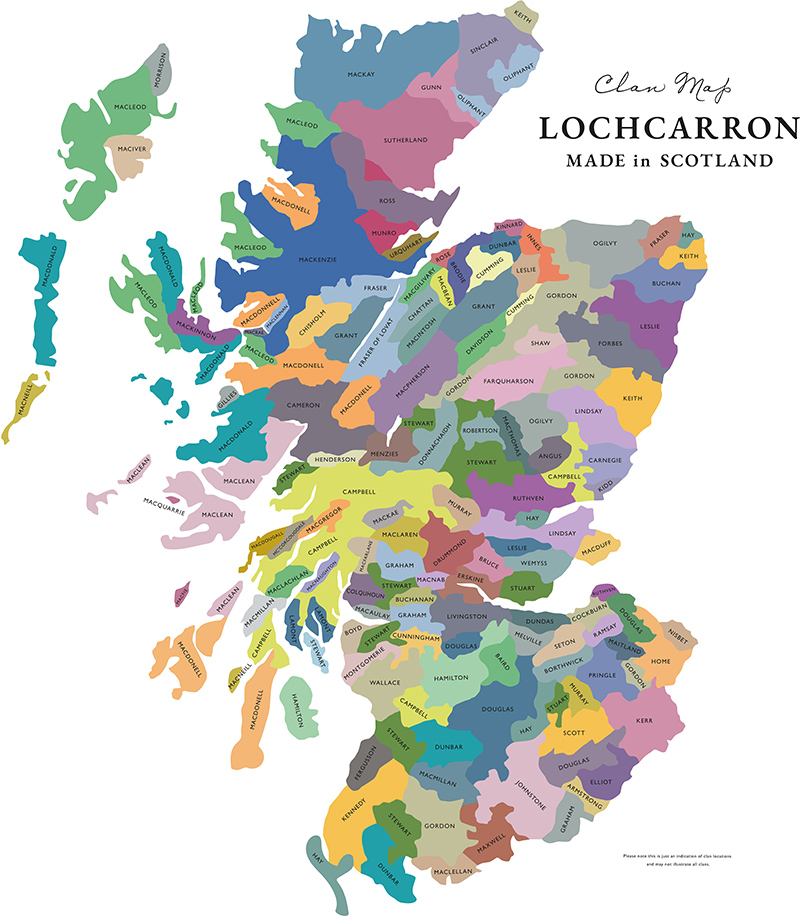
Lochcarron of Scotland | Map Overview of Scottish Clans
The Battle of Culloden's impact on Tartan
There is a period in history where tartan disappeared. This is due to The Battle of Culloden in 1746. It all began with political unrest in 1714 when the House of Hanover (German Royal Dynasty which ruled Great Britain) overthrew the throne of the House of Stuarts (Scottish Royal Dynasty). In an act of rebellion, Jacobitism formed. The Jacobite Rising was a political movement that attempted to restore the House of Stuart to the throne.
Charles Edward Stuart, who led the rebels, would face defeat to the British army led by the Duke of Cumberland. Charles ordered his Highlanders to charge the enemy and after a bloody battle, the Highlanders fled, and the King’s army was victorious.
After hunting and killing the surviving rebels, the British government wanted to abolish the clan system for its uprising. A law was passed called The Dress Act in 1746. This made it a criminal offense to wear tartan and bagpipes were also considered a weapon of war. In a direct attempt to crush the threat, the government actively enforced these laws.
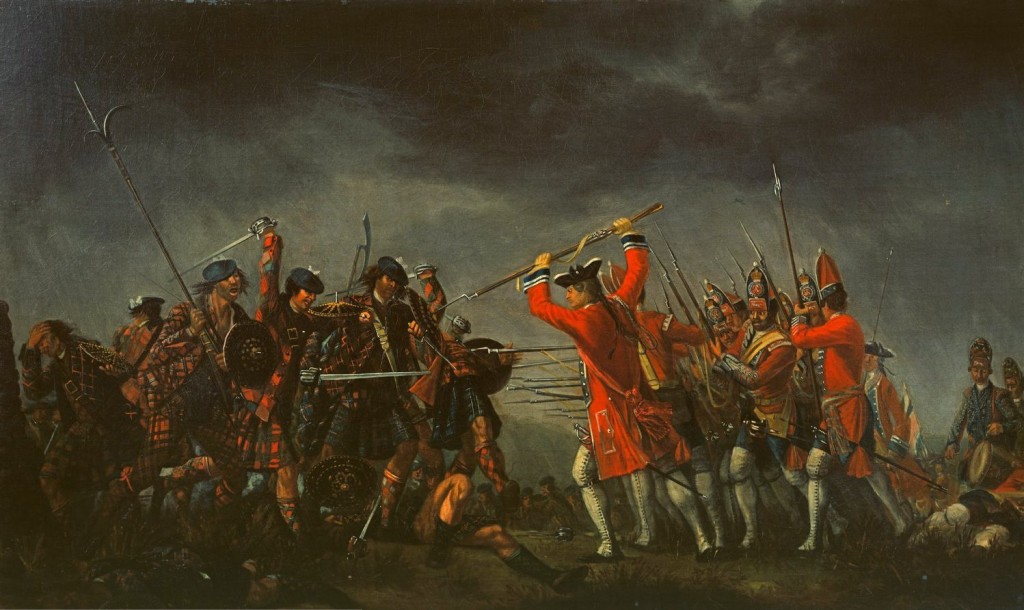 The Battle of Culloden | Source: Wikipedia
The Battle of Culloden | Source: Wikipedia
Tartan Revival
As time passed tartan started to disappear in history and tartan patterns were lost. However, in 1822, The Great Tartan Revival began. This revival was influenced by King George IV, the new King of Great Britain and Hanover’s visit to Edinburgh, the first time a monarch had visited Scotland in nearly two centuries. Upon arrival he asked that those attending the official gatherings to wear their family tartans. A Scottish novelist named Sir Walter Scott, organised the trip and further encouraged people in Scotland to wear tartan again.
Since then, it is a huge part of national identity and interests of people from all over the world who are intrigued to learn more about Scottish culture, history and/or discovering more about their family heritage and ancestors.
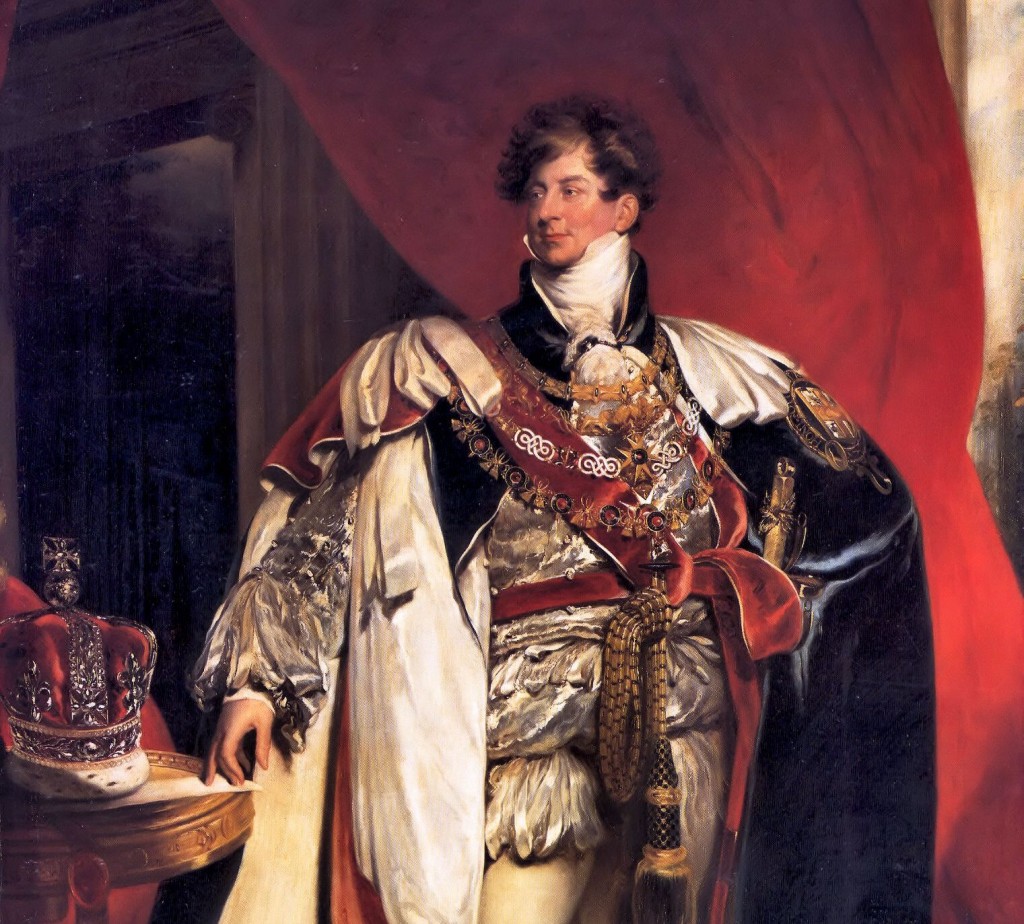 King George IV | Source: Wikipedia
King George IV | Source: Wikipedia
Why is Tartan so Popular Today?
Tartan is still very much present in the fashion industry and people commonly wear tartan in Scotland as a celebration of their Celtic heritage. Tartan Highland dress is extremely popular at formal occasions such as weddings and Highland events. People often trace their Scottish family clan and wear the tartan associated with that clan on such occasions. If you don’t have a family clan, you can choose any tartan you like (there are also some universal tartans) or create your own bespoke tartan to reflect your own unique style and personality. Have a look at our Tartan Design Service to learn more about designing your own exclusive tartan.
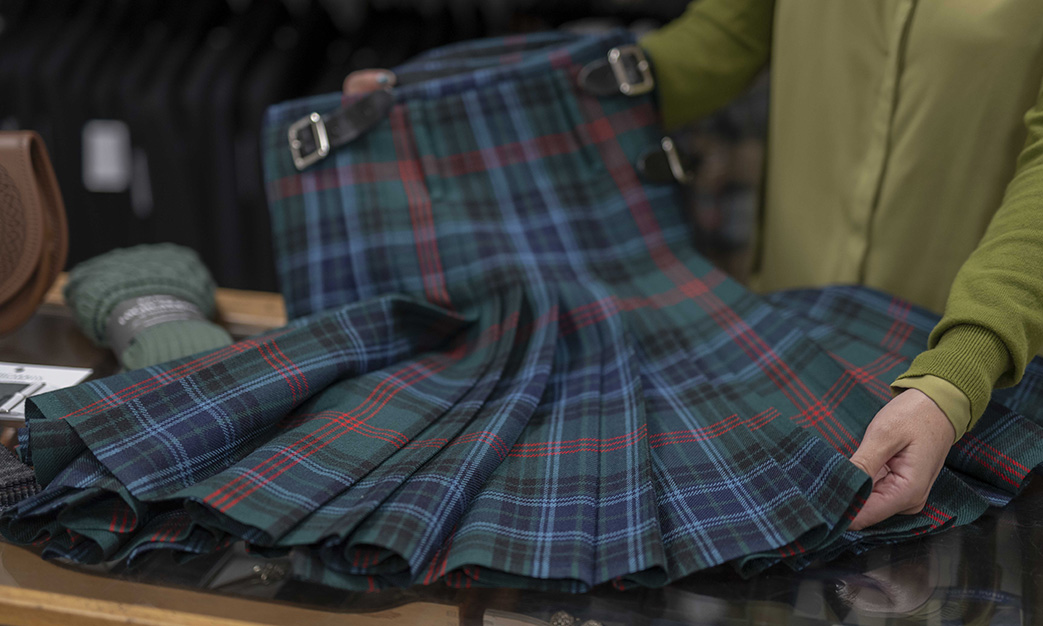
Lochcarron Hunting Modern Tartan kilt | Picture: Phil Wilkinson
Starting as an original symbol of masculinity, the pattern has now been adopted on a wide spectrum and is now a huge part of everyday fashion. Many popular high street shops have adopted tartan as a modern-day fashion trend with scarves and ties being popular tartan accessories, often worn with both formal and casual wear and within home décor, such as tartan cushions and curtains, adding a hint of Scottishness to your home. Likewise, designers have included tartan in their collections, creating trend driven, fashionable pieces.
With such a long heritage and clan associations, tartan is very much embedded as a symbol for Scottish culture and it is easy to see how tartan remains timeless. There is even a day dedicated entirely to tartan, National Tartan Day, which takes place globally on the 6th of April each year. This day allows everyone with Scottish connections to unite and celebrate their heritage, Scottish culture, and everything they value about Scotland.

